“Money Talks” Article by: Dale Sanford. Images courtesy of: Sanford Archives
How Uganda’s Currency Has Evolved Over 300 Years
The first recognizable “currency” in Uganda was probably ivory disks 300 years ago and then cowrie shells introduced by Arab traders from the coast about 200 years ago. The British used the Indian Rupee until the introduction of the East African shilling in the 1920s.
Shilling was the name of the currency first used in England nearly 500 years ago. It has given the English language some colourful expressions such as describing someone as being “not quite the full shilling”, meaning one sandwich short of a picnic. The “Schilling” was also a currency in Austria until it adopted the Euro in 2002.
An East African Shilling (Shilingi in Swahili) was made up of 100 cents and some of the 5 and 10 cent coins from the 1930-50’s had holes in the center and became great collector’s items. East African shillings were also used at various times by Somalia and Ethiopia.

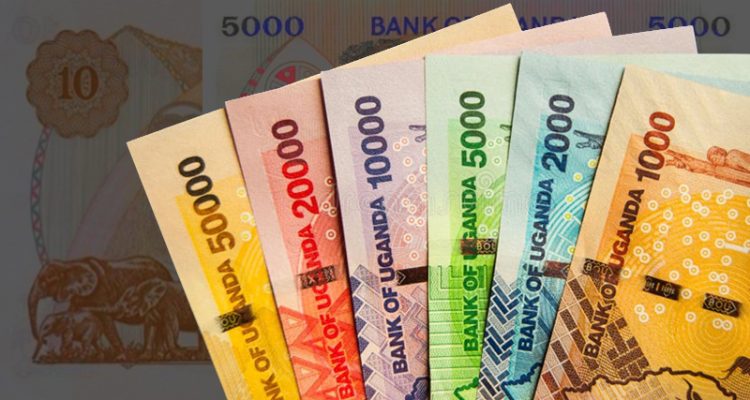
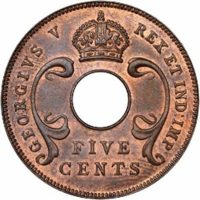
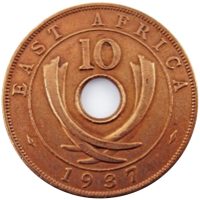
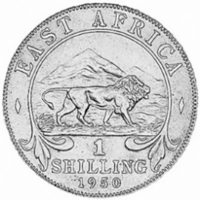
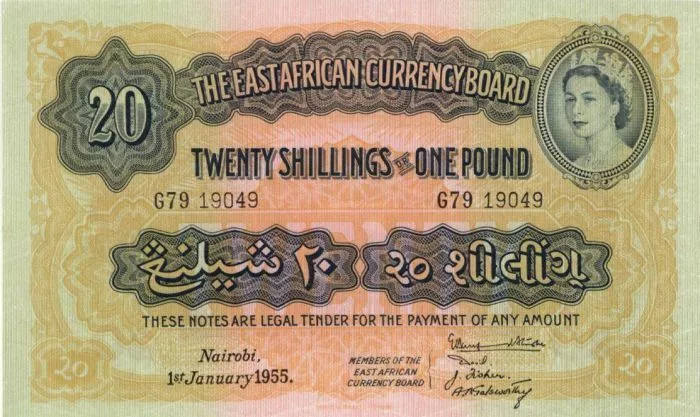
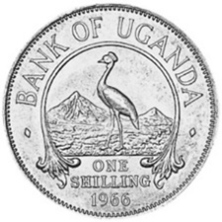
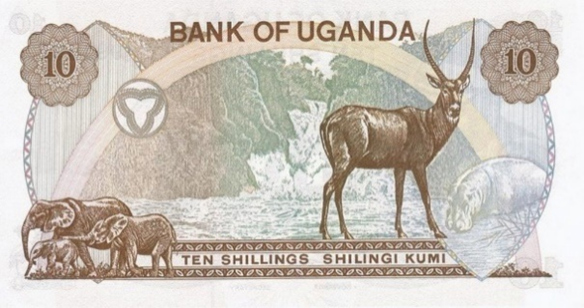
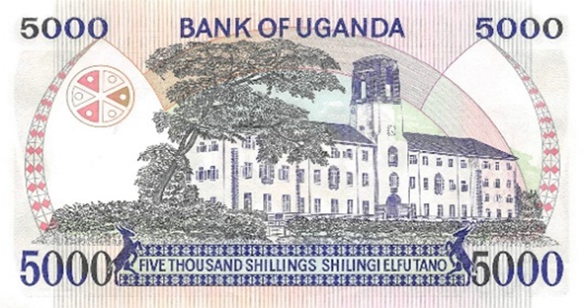
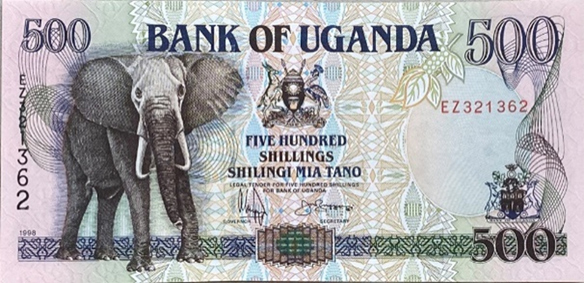
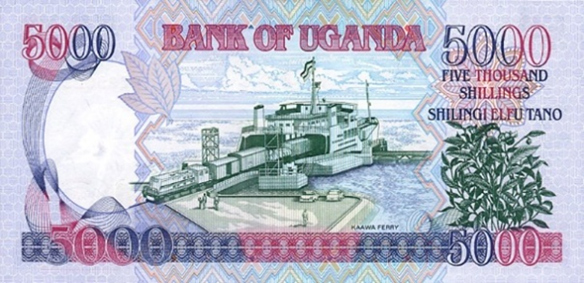
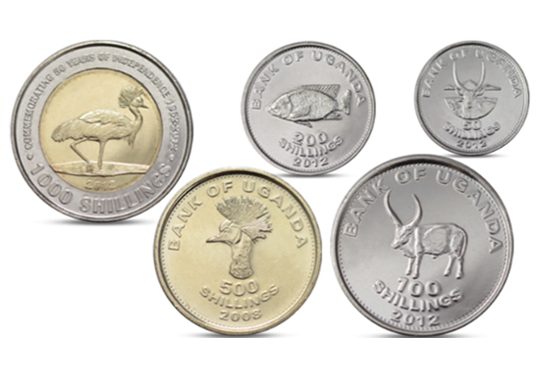
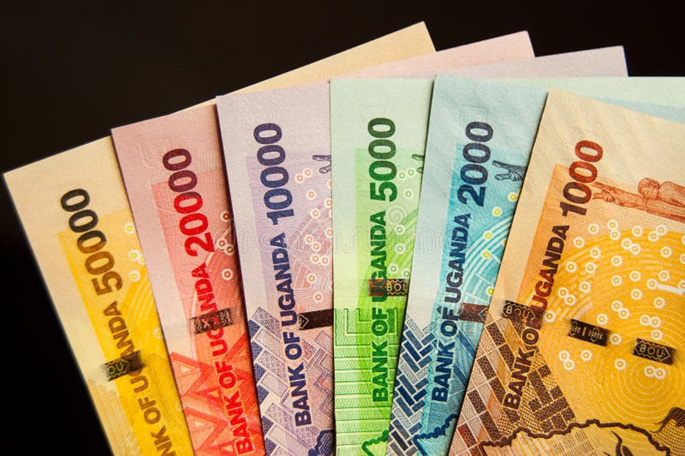









is there 1000,000,0000 shillings in uganda